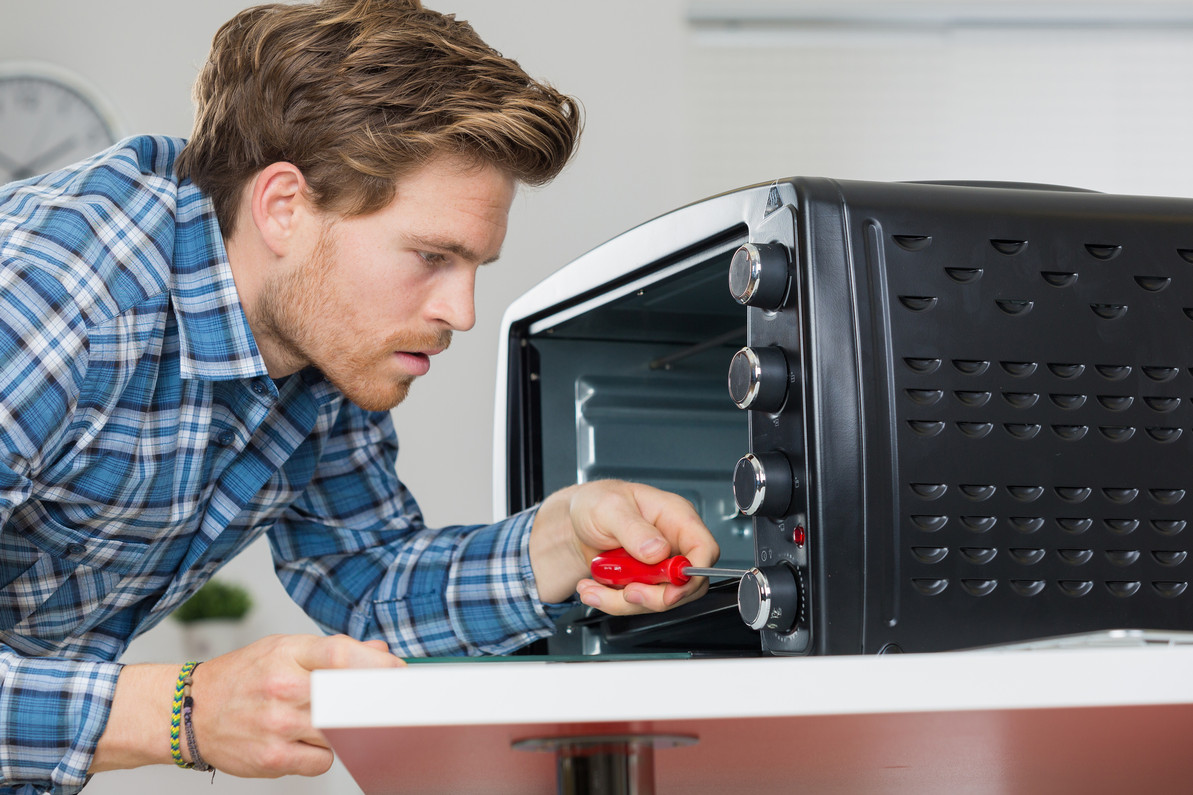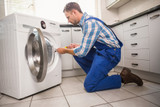5 Best Tips for DIY Appliance Repair
Are you a do-it-yourself guru? The truth is, most appliances are easy to fix, if you know the basics. Here are the top five tips for DIY appliance repair.
When buying a new home, the average homeowner will spend around $12,000 just in new furnishings and appliances. For the average do-it-yourself homeowner, this could really take the wind out of their sails. If you've got perfectly good appliances, there's nothing a little DIY appliance repair can't fix.
The problem with repairing broken appliances is the ease of buying a new one. With online shopping offering the possibility of having a replacement on your doorstep by the time you get home from work, some people don't see the good in DIY. However, once you start realizing how simple some of the issues with your appliances are, you can start fixing things on your own.
If you've only fixed the odd shelf or loose drawer and haven't fixed any appliances, check out our 5 tips for DIY appliance repair.
1. Look For Obvious Issues
While you might be frustrated with the old engineer joke "have you tried turning it on and off again?", sometimes the issue is as simple as that. A blown fuse or a shorted circuit could make it seem like your toaster or coffee machine died. Try plugging it in somewhere else.
Make sure no collected dirt or dust is keeping the switch from being properly activated.
2. Error Codes Are Meaningful
It's never been easier to look up an error code, thanks to search engines. Often you can type the name of the appliance and then the error code it's showing you. You'll find a long list of users who've encountered and overcome this issue before.
Knowing what an error code means can tell you whether or not it's within your reach to fix it.
The internet also helps with searching for and ordering new parts.
3. Start With a Full Tool Box
If you want to get real with appliance repair, you're going to need a full set of tools. A hammer and a butter knife will only get you so far.
Think of every new purchase as one more appliance you won't buy.
4. Obey The 50% Rule
If you've exceeded 50% of the life expectancy of an appliance, which can be found online, you might want to replace it. If the cost of repairs is more than 50% of what a new or replacement appliance would be, consider replacing it.
5. Your Appliance Is Saying Something
If you hear grinding or clunky sounds from a motor that you've never heard before, your appliance is trying to tell you something.
It might be as simple as a loose screw or a piece of food that's rattling around. No matter what it is, it could cause a problem, so you're better off cleaning it out. Take the opportunity to check for other obvious issues.
DIY Appliance Repair Is Informative
Once you get a feel for how to repair appliances, you'll want to start showing other people. Host a lunch at your house where friends and family can bring over broken appliances and open them up to take a look. What's the harm in DIY appliance repair if appliances are already broken?
If you have any questions about fixing a specific appliance, don't hesitate to contact us.
Recent Posts
-
How to Clean an Ice Machine: Your Step-By-Step Guide
How to Clean an Ice Machine: We created a helpful, step-by-step guide to help you get your ice maker …Oct 25th 2019 -
7 Common Reasons Why Your Dryer Won't Start
Millions of dryers are sold in the United States every year. Dryers last for about 10 years. When yo …Sep 10th 2019 -
3 DIY Washing Machine Repair Tips
Is your washing machine shaking, leaking, or making a strange noise? These easy DIY washing machine …Oct 18th 2018




